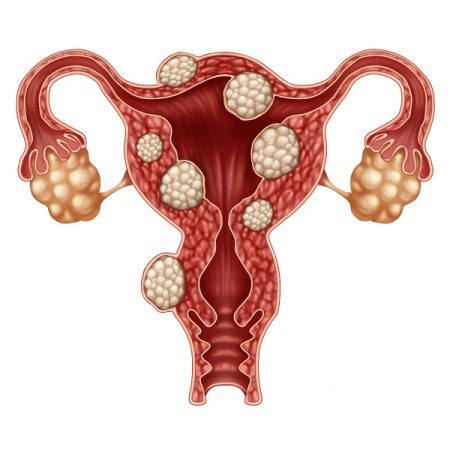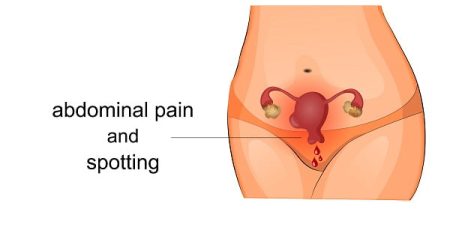What Causes Uterine Fibroids?
- Updated on: Jun 6, 2024
- 3 min Read
- Published on Feb 17, 2020


Causes of Uterine Fibroids
In spite of the common occurrence of uterine fibroids and extensive research carried out in this field, the exact cause of uterine fibroids is still not clear. Certain studies show a combination of genetic and hormonal traits behind the disease.
The exact reasons that are responsible for their growth or reduction are unclear. But there are certain factors that are believed to play a major role in fibroid growth:
Hormonal changes
Hormonal changes occur mainly due to estrogen and progesterone levels in women. There is a strong association between fibroids and hormones. The hormones levels are higher during pregnancy.
Fibroids reduce in size when anti-hormone medicines are taken. Their size reduces in menopause stage too due to decreased hormone levels.
Genetic changes
Most fibroids possess changes in genes which are absent from those in normal muscles of uterus. Some causes could be:
- Pregnancy: During pregnancy, the levels of estrogen and progesterone in the body increases and fibroids also develop rapidly.
- Misplaced cells present in the body before birth
- Other growth factors expression
- Abnormal vascular system
- Tissue response to injury
- Quantity of micronutrients: Trace amounts of nutrients such as iron and vitamin D in the blood may also result in uterine fibroids
- Major stresses
- Genetics
Other Risk Factors for Uterine Fibroids
Fibroids usually develop due to multiple factors dependent on one another. As soon as the cause for it is identified, the cure or prevention for it can be done.
In most women, fibroids are observed after puberty. Few lifestyle and environmental factors play a major role in the development of fibroids.
Risk factors for uterine fibroids that result in their growth include:
- Age: Fibroids risk increases with age, until women reach menopause. Women of reproductive age are at high risk as compared to women after menopause.
- Heredity: In case it runs in the family of an individual, there is a significant increased risk of developing it among others.
- Early Puberty: Girls, who before the age of 10 get their first periods, are at a higher risk.
- Contraceptives: Intake of oral contraceptives such as progestin may reduce the risk of getting it. But women who consume oral contraceptives from an earlier age are at greater risk of developing them.
- Race: Studies show that black women are more prone to develop fibroids than women of other racial groups. Black women have fibroids at younger ages, and they’re also likely to have more or larger fibroids. Asian women have a lower incidence of symptomatic uterine fibroids.
- Environmental factors: Uterine infections, menstruation at an early age, high blood pressure, usage of birth control pills, obesity, vitamin D deficiency, a diet high in red meat but lower in green vegetables, fruit and dairy, and alcohol intake (mainly beer) are factors thought to increase the risk of getting fibroids.
Early pregnancy has shown to decrease the chances of developing them. Girls who have not reached the age of puberty do not develop fibroids. However, those who have reached adolescence may rarely develop it.
Women with fibroids are more likely to have struggles during pregnancy stage until delivery and should keep the obstetrician informed. Mostly, they do not cause any severe issues during pregnancy. The most commonly observed difficulty is abdominal pain which may be rarely observed with light bleeding. Unless the bleeding is significant, the baby is rarely affected.
Not all uterine fibroids are benign. But the chances that a cancerous fibroid will occur are very rare and this condition is called leiomyosarcoma.











